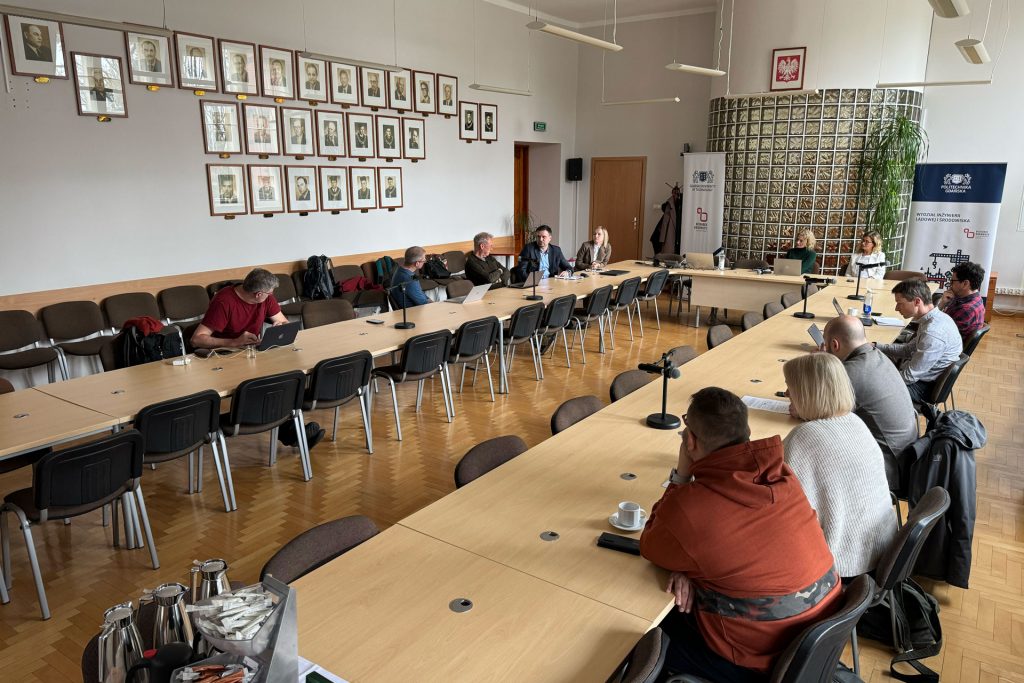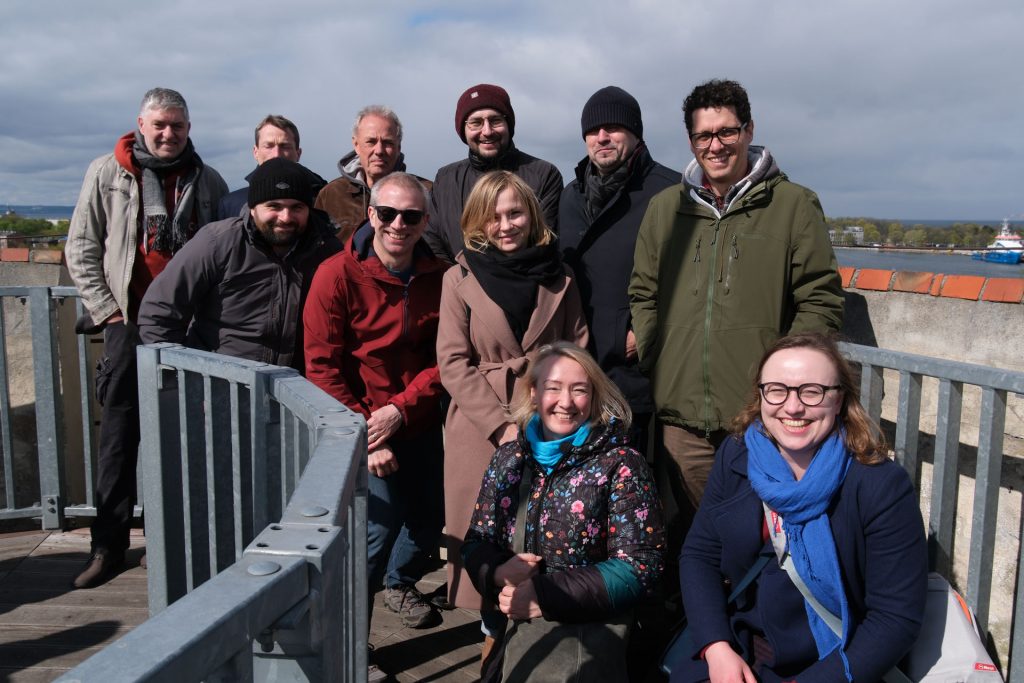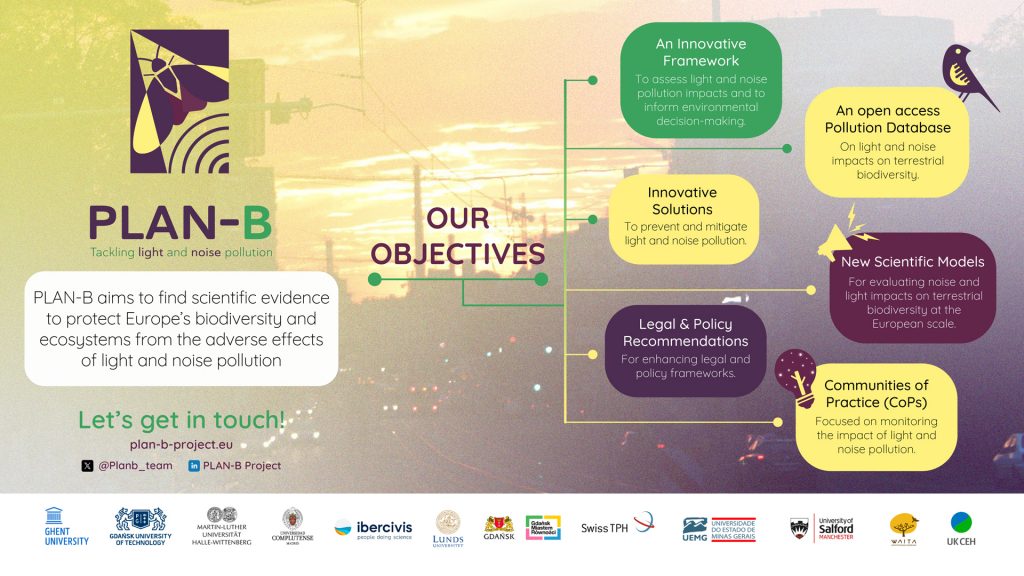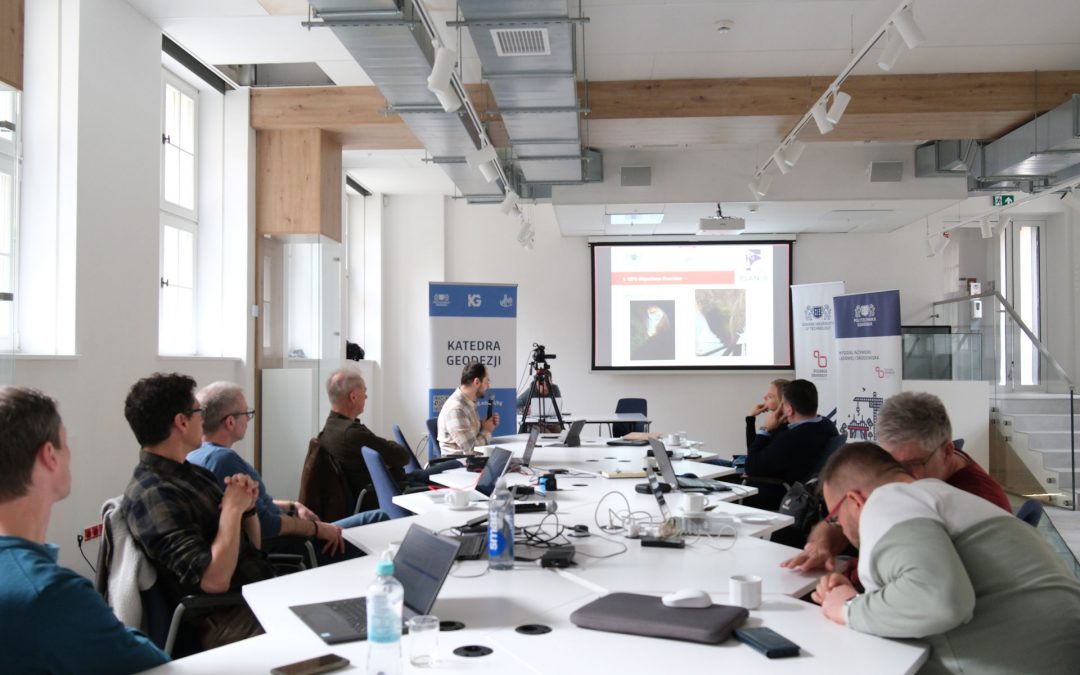At PLAN-B, we have laid the foundations for research aimed at better understanding the impacts of light and noise pollution on terrestrial biodiversity and ecosystem services. We have proceeded with the mapping of these pollutants and conducted an in-depth study of existing regulatory frameworks to effectively address these issues.
We have also established synergies with projects, communities and activists who will participate in our scientific activities and contribute to their dissemination.
Setting up the Light and noise pollution impacts knowledge base
A systematic search and analysis workflow has been developed to collate information and data sources that may be incorporated into the knowledge base. This integrates AI, machine learning and statistical approaches into search term formulation, search optimisation, bibliographic information extraction and analysis.
Several tests of the workflow have been undertaken and the WP1 team then held a workshop to review these tests and finalise the workflow.The PLAN-B team has been through an iterative process of developing and refining the knowledgebase structure to ensure that it meets the needs of the project, as well as providing the necessary early insights for other project teams. During this development phase, the PLAN-B team published its first paper on the project, which focused on mechanisms of noise impacts on birds. This was developed in collaboration with the EC RefMap project. A follow-up paper is currently in press.
Light Pollution Mapping
The first version of the map of the EU and UK using SDGSAT-1 data has now been completed. We are currently preparing the initial publications and hope to release them by November. This map, with a resolution of 40 metres and minimal gaps, provides a detailed view of Europe. It will be available free of charge for non-commercial applications, upon request, due to current limitations with the SDGSAT-1 licences. The map offers a snapshot of the 2021-2024 period in very high resolution.
We also have a prototype of the ISS automatic georeferencing process for wide-angle images, which we will begin testing in the coming months. For high-resolution images, we are currently utilising new software from NASA.
On 26th September 2024, we hosted the first Citizen Science Workshop, aimed at introducing and launching the PLAN-B Citizen Science Application. This application is designed to measure artificial light at night (ALAN) and contribute valuable data to our light pollution map of Europe. You can watch the workshop recording here.

Noise Pollution Mapping
UGent team conducted a detailed analysis of sound sources and outdoor sound propagation features for European-scale automated sound exposure mapping. The Harmonoise sound propagation model was chosen for its ability to account for complex propagation physics, including wind and temperature refraction, turbulent scattering, and sound diffraction over varied terrain with porous surfaces. The model was updated for parallel computing to accelerate future simulations.
Open data sources for elevation, land cover, and meteorological parameters were reviewed, and the most suitable were selected: 10-meter resolution elevation data from Copernicus, the Dynamic World dataset on Google Earth Engine for land cover, and the ERA 5 meteorological dataset from Copernicus. These sources were integrated into procedures linking the data to point-to-point transmission loss calculations in the Harmonoise model.
Integrated European Situation Analysis for Light Pollution and Noise Pollution
We have organised the collection of data sources to facilitate the retrieval of information, particularly on the historical development of light and noise pollution. We have also conducted an initial review of data availability regarding cultural events that cause mass gatherings and contribute to light and noise pollution, such as music festivals.
In September we will launch a new initiative to gather additional information from other partners. The collected data will primarily be used to extract, organise, and chronicle key historical events and data, aiding in the creation of timelines and spatial maps related to the development of technical and traffic infrastructures.
Social Science and Regulatory Research
We are investigating the psychosocial drivers of light and noise pollution to better understand the acceptability of measures aimed at reducing these forms of pollution for the benefit of terrestrial biodiversity. We have started reviewing academic and policy outputs and will produce a paper summarising this review, highlighting core themes and key findings. Specifically, we aim to better understand perceptions of light and noise pollution, assess the impact of mitigation measures on human experiences, and gather evidence regarding the acceptability of different approaches. This includes exploring how concerns about biodiversity can enhance the appeal of interventions.
In addition to this initial evidence review, we have initiated discussions with colleagues from the parallel project AquaPLAN regarding potential collaboration, begun conversations with a potential case study partner in the UK, and contributed to the development of a questionnaire at one of the PLAN-B case study sites.
We have organised and compiled a database of regulatory instruments on light pollution across various levels and countries across Europe and beyond. Work has also begun on the noise pollution regulatory database. The pre-print of our first article on the classification of light pollution regulations (author – Yana Yakusina) is now available. Additionally, we have started drafting an article on the European Noise Directive and its relevance to mitigating the impacts of noise pollution on terrestrial environments.
Specific measures to assess, prevent and mitigate the negative impacts on TBES

An extensive literature review has started to assess existing measures for preventing and mitigating light and noise pollution, identifying key strategies and knowledge gaps. An AI tool was developed to automate the review process, enhancing the efficiency of analysing scientific literature and regulations.
Mitigation measures were identified and grouped into technological, social, regulatory, environmental, and planning categories. A comprehensive questionnaire was designed to gauge public awareness and involvement in environmental efforts, informing strategies for community engagement. Field testing was conducted at the Wisloujscie Fortress site, where measures such as tree cover, shielding, and light-boundary research were implemented to assess their real-world effectiveness. These efforts were important in validating theoretical models and ensuring that the proposed solutions were practical and effective.
Communication and dissemination activities

After setting up the foundations of PLAN-B’s communication strategy, the communication team has continued to work on the proposed actions, seeking to build a community interested in the project on its social media profiles and preparing for the arrival of citizen science activities in the pilot cities. To this end:
- A draft of the newsletter has been designed and will start to be published in September 2024. Subscribe to our regular newsletter here.
- Graphic elements (flyers, graphic headers) have been designed to accompany the communication actions, where the objectives of the project are simply stated. These designs represent a step forward in the collaboration with our sister project AquaPLAN, with which we intend to produce similar material that reflects the activities of both projects.
- Articles (1,2) have been written that define the tone set for the project in the communication plan, which will serve as an example for the rest of the members of the consortium when communicating their activity to the outside world. A total of 20 posts have been written in the last months of work, reflecting both the activity of the project and the progress on light and noise pollution carried out by other initiatives in this period.
- Together with the coordination of the project, the launch of a regular podcast has been planned. Several coordination meetings have been held to plan its structure, tone and topics to be addressed in order to reach larger audiences.


